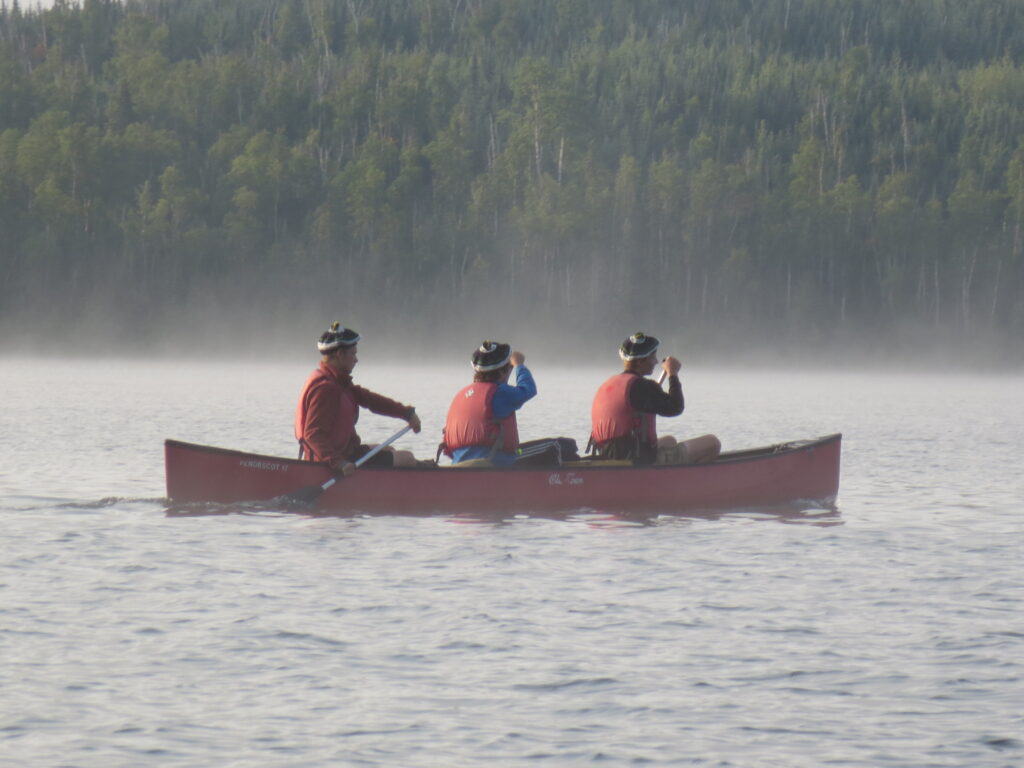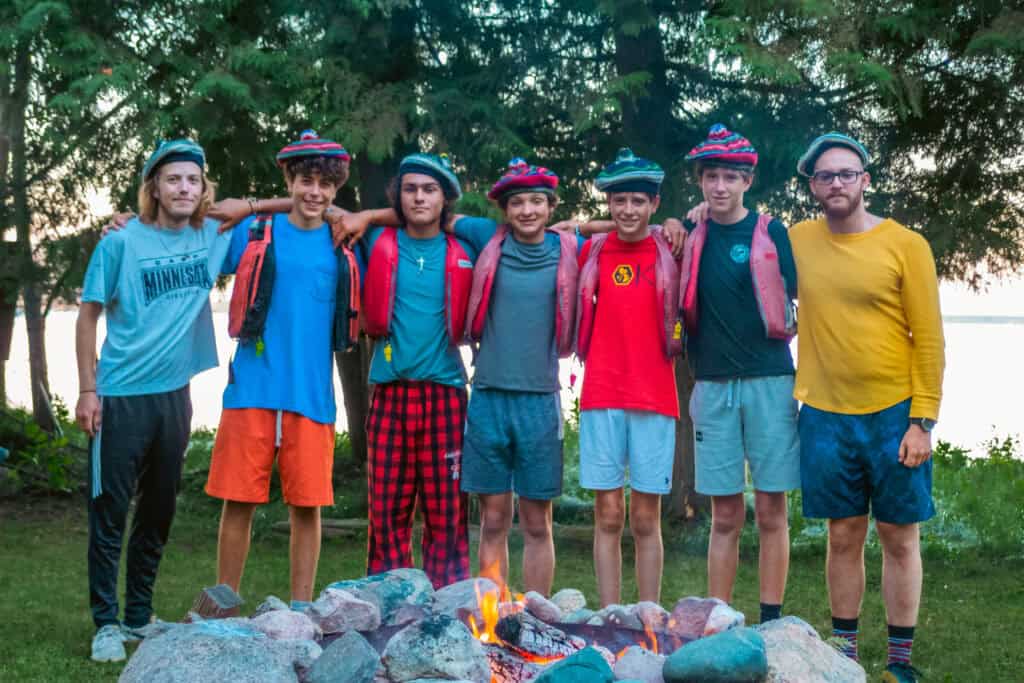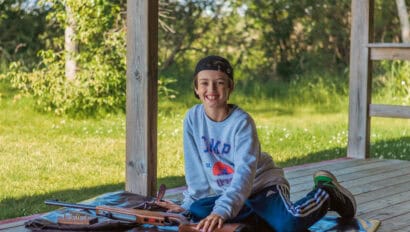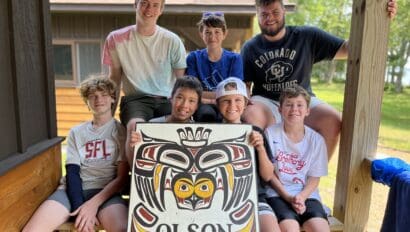In our Growing on Their Own series, we are revisiting Dr. Michael Thompson’s book Homesick and Happy, and exploring the effects and importance of children being away from home. We know secure attachment with a primary caregiver is the most important thing for a child. However, as Dr. Thompson so compellingly articulates, the lifelong skills that arise from this bedrock of security do not actually happen in the physical presence of those caregivers. Growth happens away from home, and away from parents. This is where Camp Chippewa is needed: as a place steeped in culture and tradition that delivers the character growth young people need to thrive.
Dr. Michael Thompson begins Homesick and Happy by telling the story of his youth. He was afforded every opportunity as a child and adolescent—a top-end private school education, music lessons, art classes, private coaching, vacations at a family cabin, and more. His parents want what all parents want: for him to be a happy, functioning, successful member of society. With the goal of enrichment in mind, they cultivated Michael’s childhood experiences with the use of considerable financial resources.
However, the private instruction and formal enrichment experiences did not address a key need of Michael, and of all young people—a rite of passage.
“Like many of them, at age eighteen I graduated from high school, but even with a letter of admission to college in my pocket, I didn’t feel like much of a man. Hungry for mentorship and a rite of passage that would take me across the threshold from boyhood to manhood, I signed up for a one-month course at Hurricane Island Outward Bound School in 1965, the first summer of its founding. I got exactly what I was looking for in that rugged outdoor challenge and the acknowledgment that I was now a young man, from mentors whom I truly respected.”

In the summer before entering high school, campers at Camp Chippewa immerse themselves in their own rite of passage. After days of learning and practicing skills, checking and packing gear, and pouring over maps, they embark on a week-long trip through the wilds of the Quetico-Superior. They paddle for hours each day, portage heavy gear across rough trails, cook their food over a fire, and persist through whatever wind, rain, or bugs the outdoors provide. They learn expedition behavior: managing themselves with independence and caring for the group and its shared goals with selflessness. Through their resilience and teamwork, they can earn a Tam—a wool hat that is emblematic of voyageur culture and iconic within Camp Chippewa tradition as a sacred symbol of manhood.
Returning to camp, the high school-age boys are different. Outwardly, they are sun-tanned, and perhaps mosquito bitten. Their trip clothes are a little more worn and smudged with campfire soot. Most noticeably though, they stand taller and speak with confidence and assurance deeply rooted in pride, their Tams resting upon their heads. They have undergone a challenge that generations of Chippewa men have taken on. They have achieved something hard. Most importantly, they have done all this far from the comforting confines of their parents and guardians.

This is a rite of passage, a critical event in addressing the needs of a young man: the need to be challenged, the need to take risks, the need to be recognized as having arrived at manhood, the need to act with responsible masculinity. This is the basis of self-esteem, of resilience, and of leadership. This has carried generations of Chippewa men to greater heights in work, relationships, and life.
Modern culture often lacks these rites of passage. Camp Chippewa provides what young men need, a coming-of-age experience in a setting far from their parents, an adventure perfectly suited to challenge and empower them, and a rich tradition and culture to celebrate their growth.



